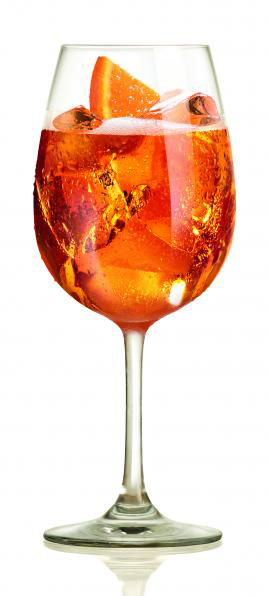By jdippel529
In Spain, spring break takes place during the Holy Week (Semana Santa), and gives students about 13 days off from school. A couple of my friends and I decided it would be a good idea to make use of the wo weeks and turn it into a eurotrip. So, I am currently writing this blog in a cozy little apartment in downtown Athens where we arrived after a 3 day trip to Rome. Before I left for my trip, I wanted to make sure I made the most out of my travel experience. This is why I finally decided to book a food tour while in Rome. At first, I thought 100 euros was a bit too steep of a price, but once I realized all that it included I knew the tour was a unique opportunity that I just couldn’t miss out on. When in Rome…right?
The EatingItaly Rome Tour, which I highly recommend, passed through the up-and-coming area of Trastevere and included 8 wondrous stops: a long-time family-owned restaurant where we tried fried artichokes and Italian champagne, an ancient wine cellar dug up by the restaurant that lay above, a family-run bakery, two meat and cheese shops, a suppli (fried rice ball) shop, an award winning restaurant where we ate gnocchi, spinach and ricotta ravioli and risotto, and a gourmet and organic gelato place. I cannot stress it enough when I say that it is easy to get caught up in the tourist traps of Rome. This tour, however, stopped at local, family-run places that simply oozed authenticity. In this tour alone, I learned more about Rome than I had going around hte city for 2 whole days.
I never thought that taking a food tour would be so rewarding, but I promise you it was. I was able to make new and authentic discoveries into the Italian culture (culinary and historical), to meet new people from all over the world, to eat things I normally wouldn’t otherwise, and to do something completely on my own. Since I was in London when my friends booked the tour, their time slot was sold out by the time I got around to purchasing a ticket. On a whim, I decided to go on the earlier tour alone. I had never done something like this on my own before, and was naturally a bit apprehensive. Thankfully, it was the best thing I could have ever done. Being on my own forced me to talk and get to know the people in my group, all who were amazing. Our group consisted of a newly wed couple from rural Pennsylvania, 4 friends from Cyprus, Rick Steves (!!) and our lovely tour guide, of course. Yes, that’s right—a celebrity was on the tour with us and I didn’t even know it at the time! Rick Steves, the author and travel guru, happened to take the same tour for research on an upcoming project he was filming in Rome. Since I had no idea who he was at the time, I thought that he just had a cool job, nothing more. Because Rick left before our last stop (some amazing and authentic gelato), I was able to hear our guide talk about how she couldn’t believe a travel wiz like him was on her tour! At that point, I was just mad I missed out on the opportunity for a picture or autograph. Rick, if you’re reading this, an autographed travel guide would be awesome! Thanks for making my special tour that much more special.
Without my friends, I also learned the most important lesson of all: traveling with friends can be great, but the most important journey will always be the one with yourself. Being on my own allowed me to better perceive my experience and transform it into something memorable and lasting. In other words, it was easier to figure out what that time had meant to me, rather then deciding after putting together the opinions of the rest of my group.
So…what to take away from all of this? While traveling, always, always, always seek out an authentic cultural experience, and always make sure you are able to enjoy an experience in the moment, without the thoughts and opinions of others.




